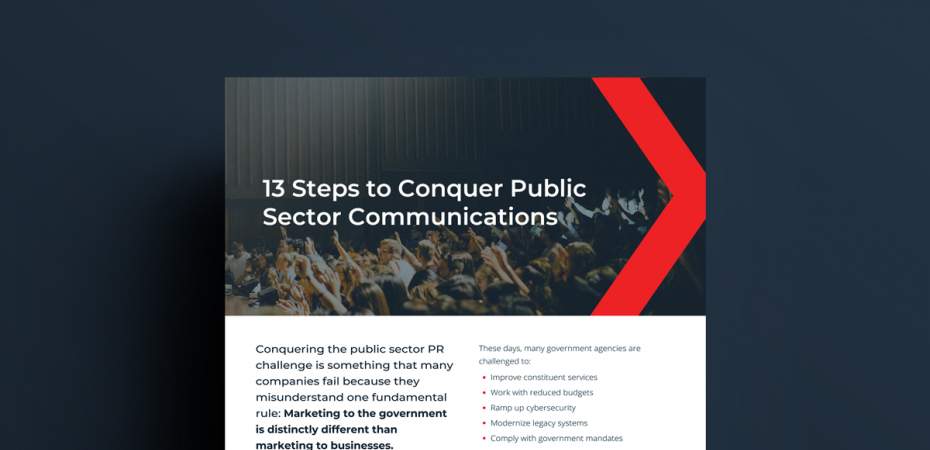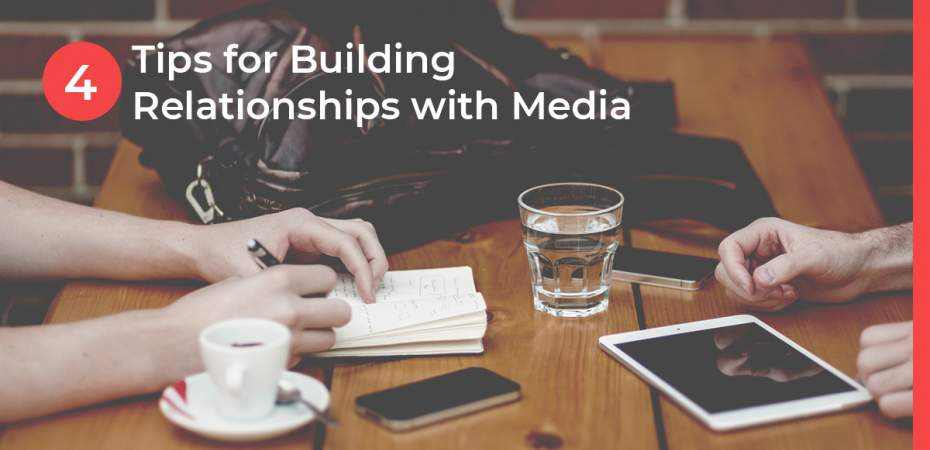March 24, 2020
| Article | Public Relations
Three Media Monitoring Tips to Keep Aware of Your Brand's Perception
Peloton’s infamous holiday ad featured a woman’s journey to be fit and thin, which became a mockery on Saturday Night Live and in other advertisements. The commercial received an incredible amount of buzz, but it has changed Peloton’s image forever.
As my colleague nicely put it, “the media has the power to impact the way we perceive things.” At the end of the day, your brand’s image is your bread and butter, but how do you monitor what the world and media are saying about that brand?
To maintain the image that you want to portray, you need to know what’s going on at all times. That means keeping up to date on competitors, trends, and the general media’s perception of your organization.
Media monitoring gets you ahead of the curve by helping you identify potential crises. With this knowledge, you can develop a strategic response to shifting brand perceptions.
We do this for clients every day. Our public relations team stays on top of our clients’ images and public perception by combing through the media and auditing how our clients’ brands, competitors, and industries are being talked about.
But what do we mean when we say “media?” After all, the term “media” has shifted tremendously over the past decade and now includes print, online, broadcast, and even social media. Each of these serves a purpose.
Print might be considered a dying form of media, but there are plenty of people who still prefer to pick up a magazine or newspaper compared to reading it online. Cable is on the decline, but radio and television still reign as powerful influencers. Online, of course, is extraordinarily powerful, as it is a forum of everyone’s opinions, including comments on articles, YouTube videos, and social media platforms.
Covering that much ground requires a number of tools and strategies. I’d like to share some of those here so you can understand how to successfully monitor your brand across all mediums.
1. Know your audience
Who is your key audience and where are they most active? In order to start monitoring, you need to know their interests, the publications they read, the stations they watch, and even the social media accounts they follow. When you start to monitor your audience, you learn what they care about, giving you further insight on how to differ from competitors.
2. Use your toolbox
Once you understand your audience, it’s time to deploy some tools to track how the various mediums they’re watching, reading, or listening to are covering your organization. At REQ, we use countless tools to gauge what the media is saying and how that message could influence public perception. Here are the most useful ones and what they do best:
- TVEyes
- Known as the “Google” of broadcast television, TVEyes finds television and radio coverage as fast as possible. The platform features regional, local, national, and even global reach to find your search topic. It’s great for monitoring how your client is being talked about in both TV and radio news stories.
- Google Alerts
- Setting up a simple Google Alert is one of the best ways to monitor topics, clients, outlets, and even competitors. You can even control how often you get notifications on each alert. One of the best aspects of Google Alerts? It’s free.
- Meltwater
- Meltwater is one of the best tools on the market for social media monitoring. The software allows you to monitor mentions of your company through a database of more than 300,000 global online news sites. One of the platform’s most notable features is its social media monitoring tool, which allows you to track, analyze, and even engage in conversations.
- Daily Round-Ups
- Most of the major publications have a morning or daily email roundup. This gives you an idea of the general climate around how your organization and your competitors are being discussed in the news. Getting a feel for what’s hot can also help you jump on any potential news opportunities for your business.
3. Research before outreach
Media influence goes two ways. Yes, the media influences the way that your brand is perceived. But you can also influence the media so that your brand is portrayed the way you want. That starts with getting to know the journalists who cover your industry.
If you’re monitoring on the daily, you’ll start to get a clearer understanding of the journalists who are writing on subjects applicable to your business. Getting to know the journalists and influencers who cover your industry is hugely important because it’ll help you tailor your message to their interests. You’ll have a better chance of getting them to cover your organization the way you want it to be covered, and you’ll take control of your message.
As the response to the Peloton ad shows, continuous media monitoring is just as important to your marketing efforts as market research, market strategy, competitive analysis, and other core strategies. It’s imperative to keep an eye on what the media and public are saying about you. If you don’t, all of that effort you put into your marketing plan could go sour.
Don’t let that effort go to waste. Continue to scan your coverage and assess the public’s perception of your brand. If things begin to change in ways you don’t like, adjust your messaging, target your outreach, and take back control of your brand image. Remember, you can be an influencer too.

